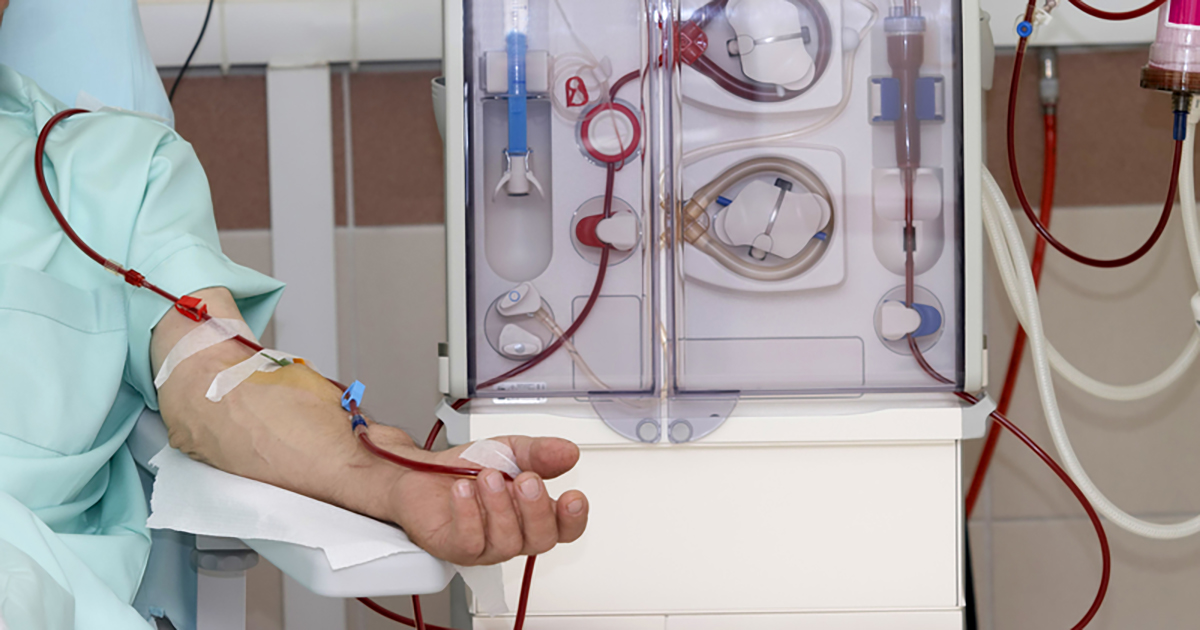How To Treat Angiomyolipoma
Angiomyolipoma refers to a typically benign kidney tumor. However, just because it is benign, it is not always easy to treat, though there are several methods for treating angiomyolipoma. Once they are detected and diagnosed through magnetic resonance imaging (MRI), a computerized tomography (CT) scan, or ultrasound, angiomyolipoma can be treated using quite a few different techniques. Generally speaking, the prognosis for recovery is good so long as the size of the tumor is relatively small. Unfortunately, as angiomyolipoma tumors gain in size, they can cause bleeding and become more challenging to treat. Get to know the various treatment methods now.
Medication

As of right now, there is only one type of medicine the Food and Drug Administration (FDA) has approved to treat angiomyolipoma, called everolimus. It is mostly recommended for tumors growing larger than three centimeters in diameter and are considered asymptomatic. Everolimus can block the mammalian target of rapamycin (mTOR), which has shown some involvement in tumor growth when it becomes over-activated. Suppressing it has shown promise in cancer patients and those with angiomyolipoma. Patients can opt to take everolimus orally or to get it as a tablet dissolved in water. Since it is an immunosuppressant, there are some risks for side-effects when taking everolimus for angiomyolipoma, including the decreased ability to fight off invading viruses and bacteria.
Keep reading to understand more ways to treat angiomyolipoma.
Embolisation

Some cases of angiomyolipoma require renal artery embolization. If a patient is dealing with hemodynamic instability or is having the tumor hemorrhage, embolization might be the most effective treatment. With angiomyolipoma, the tumor is generally being fed by only one artery, so an arteriogram is necessary to show flow and where to perform the embolization. Once it is performed, doctors will monitor the flow of material through the artery using arteriography. Doctors will then determine when the catheter should be removed and will perform another renal arteriogram to ensure no other small arteries are feeding the tumor.
Continue reading to reveal the next treatment options for angiomyolipoma.
Dialysis

Angiomyolipoma can cause chronic kidney disease when many tumors or one very large tumor is present. If this is the case, a patient will likely be required to undergo dialysis, which is a medical procedure typically reserved for patients who have lost about eighty to ninety percent of their kidney function and are considered to be in kidney failure. This procedure can help the patient control their blood pressure level and purge excess water, salt, and waste from the kidneys. Additionally, it keeps the body's potassium, bicarbonate, and sodium levels under control.
Keep reading now to learn about the next treatment method for angiomyolipoma.
Surgery

Surgery is another option patients with angiomyolipoma might need to consider. This approach typically is not recommended for smaller angiomyolipoma (tumors less than four centimeters in diameter). However, elective procedures might be necessary if the lesions are medium (four to eight centimeters) or large (greater than eight centimeters) in size. About half of these medium-sized lesions are accompanied by hemorrhaging and tend to have the most unpredictable behavioral patterns, making them the most difficult to treat by elective procedural means. Since larger lesions are generally quite symptomatic, they are a little bit less likely to be treated by surgical means. Kidney removal can be an option but is often not the preferred choice for many doctors.
Continue for more on treating angiomyolipoma effectively now.
Symptom Treatment

In some cases, symptom treatment is considered to be an effective way to aid those with angiomyolipoma. These symptoms can include nausea, vomiting, hypertension, anemia, sudden manifestations of pain (especially in the back and sides where the kidneys are), and even shock. In fact, about twenty percent of symptomatic patients with angiomyolipoma will go into shock. With asymptomatic angiomyolipoma, the tumor can be effectively treated before the patient becomes symptomatic, but when angiomyolipoma patients become symptomatic, it becomes harder to treat the symptoms. This is why it is crucial that detection happens as early as possible and that treatment is thorough.
